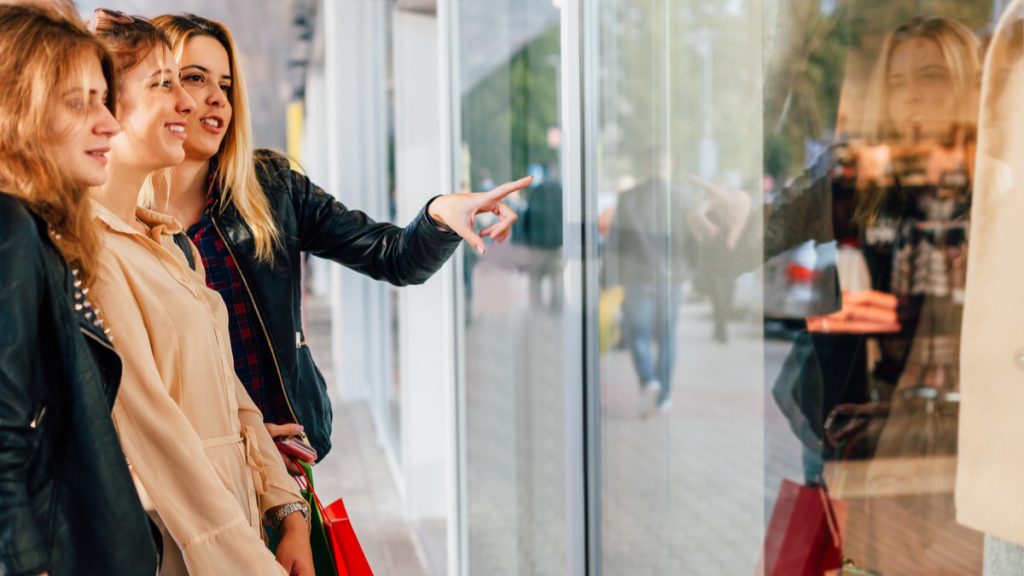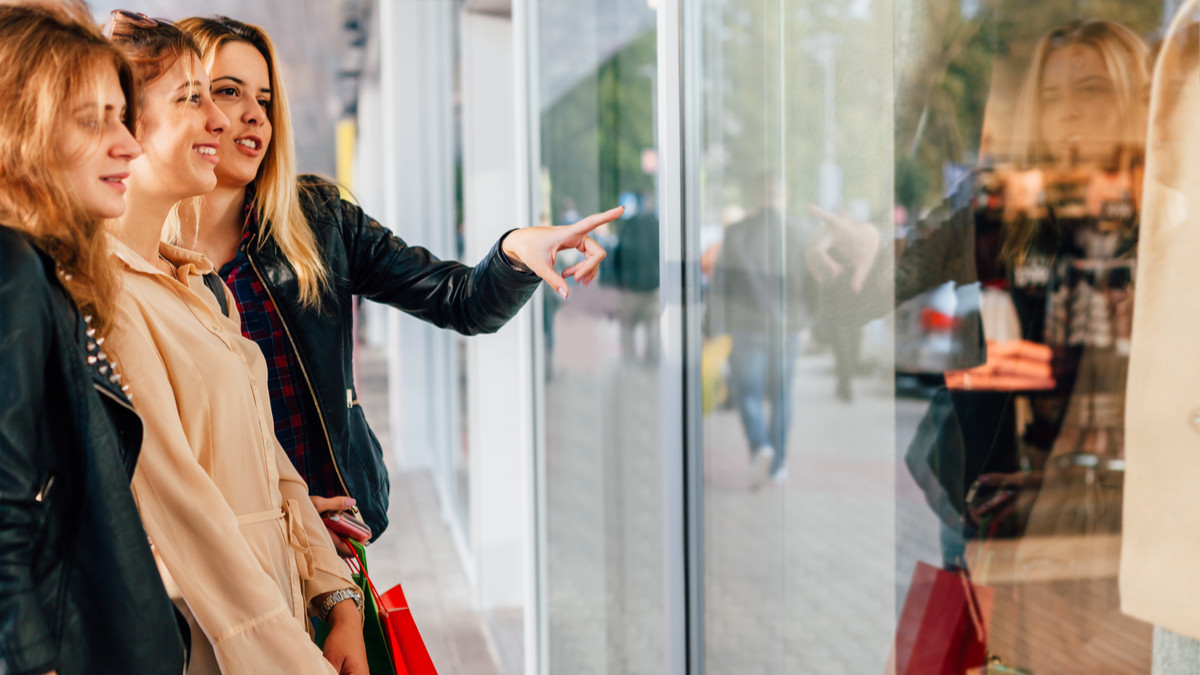The Power of Curiosity
Ever strolled down the street, minding your own business when something in a shop window grabs your attention? You stop, you stare, and for a moment, you’re in a different world.
But why did you stop? Turns out, there’s a science behind what draws you into that magical glass rectangle. Let’s dive into it after you’re done with your book of dead free play login, and find out some secrets of retail.

Eye-Catching Design
It’s all about visual appeal. Storefronts use bold colors to tap into your emotions—think a red dress amid gray suits. Unique shapes and intricate patterns add extra layers of interest, keeping your eyes glued. It’s a well-thought-out play of contrast and movement. Our eyes naturally seek out these differences and motion, thanks to how we’re wired.
Retailers choose their palettes to trigger the reactions they want in potential customers. The next time you stop in your tracks at a mall, know that there’s a craft at work to capture your gaze.
Emotions, Emotions, Emotions
Have you ever observed that a holiday display evokes a sense of warmth and comfort? Some places arrange mannequins to portray cozy scenes, such as a family gathering around a dinner table.
These types of strategies aim to engage your emotional responses. If it creates emotions like happiness, excitement, or nostalgia, you are more inclined to enter and explore.
The Lure of the New
“New arrivals,” “limited edition,” “exclusive”—these words have a magnetic pull. Known as the ‘novelty effect,’ it’s hardwired into our brains. When we see something new, we release dopamine, the feel-good hormone. This makes us want to explore, to see the new thing up close. Shops use this to their advantage by updating their displays to include these buzzwords.
Less Is More
You might think that cramming a bunch of stuff somewhere would grab attention, but the opposite is often true. A clutter-free, simple display can actually be more effective. It allows the products to be the star of the show. Your eyes don’t have to work hard to focus on what’s important, making you more likely to stop and look.
What’s more is that the magic lies not in what is on display, but rather in what’s hidden. Windows that offer a small tease or a glimpse of what’s inside spark natural curiosity. Think about it like watching the first episode of a gripping new TV show that ends on a cliffhanger.
You’re left on the edge of your seat, almost craving the answers to your burning questions. The less you know, the more you want to know, and that curiosity often leads you to step inside and see what the mystery is all about.
The Human Element
Ever noticed that some brand displays use mannequins, while others use video screens with people? Or even live models? That’s because humans relate to, well, other humans.
When you see someone wearing an outfit, using a gadget, or enjoying a meal, you can picture yourself in their shoes. It’s a quick mental shortcut to understanding the product.
Also Read: Buy Now Dabble Shark Tank
Putting It All Together
The next time you find yourself stopped in front of a store, mesmerized by what’s inside, give a nod to the science behind it all. It’s not just happenstance. It’s an orchestrated play of colors, emotions, and psychology, designed to lure you in.
Now that you know the secrets, will you be more immune to the magic of window shopping? Most likely not. At least you’ll understand why that red dress or shiny new gadget is so irresistible. And sometimes giving into temptation isn’t such a bad thing, right?
